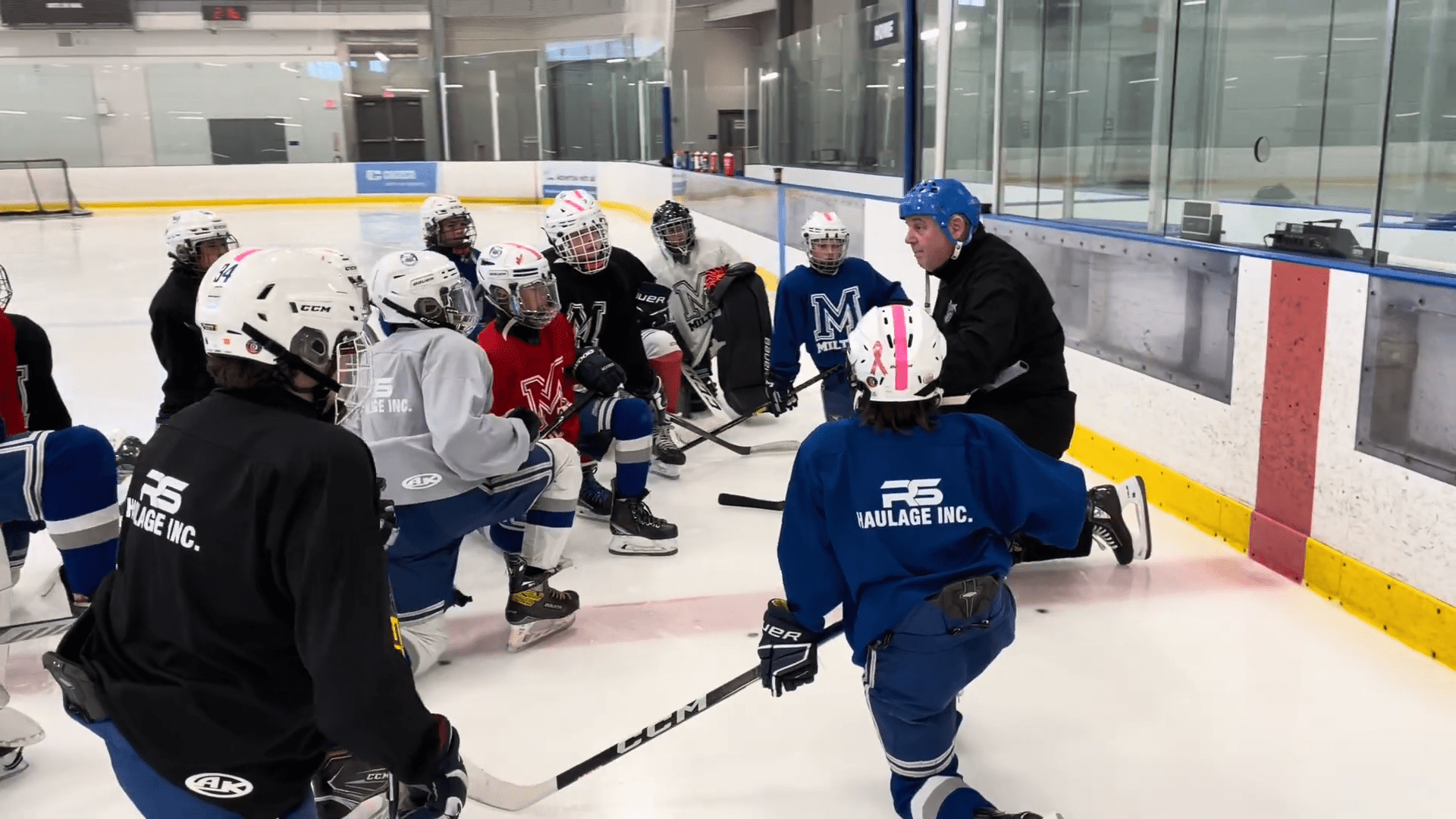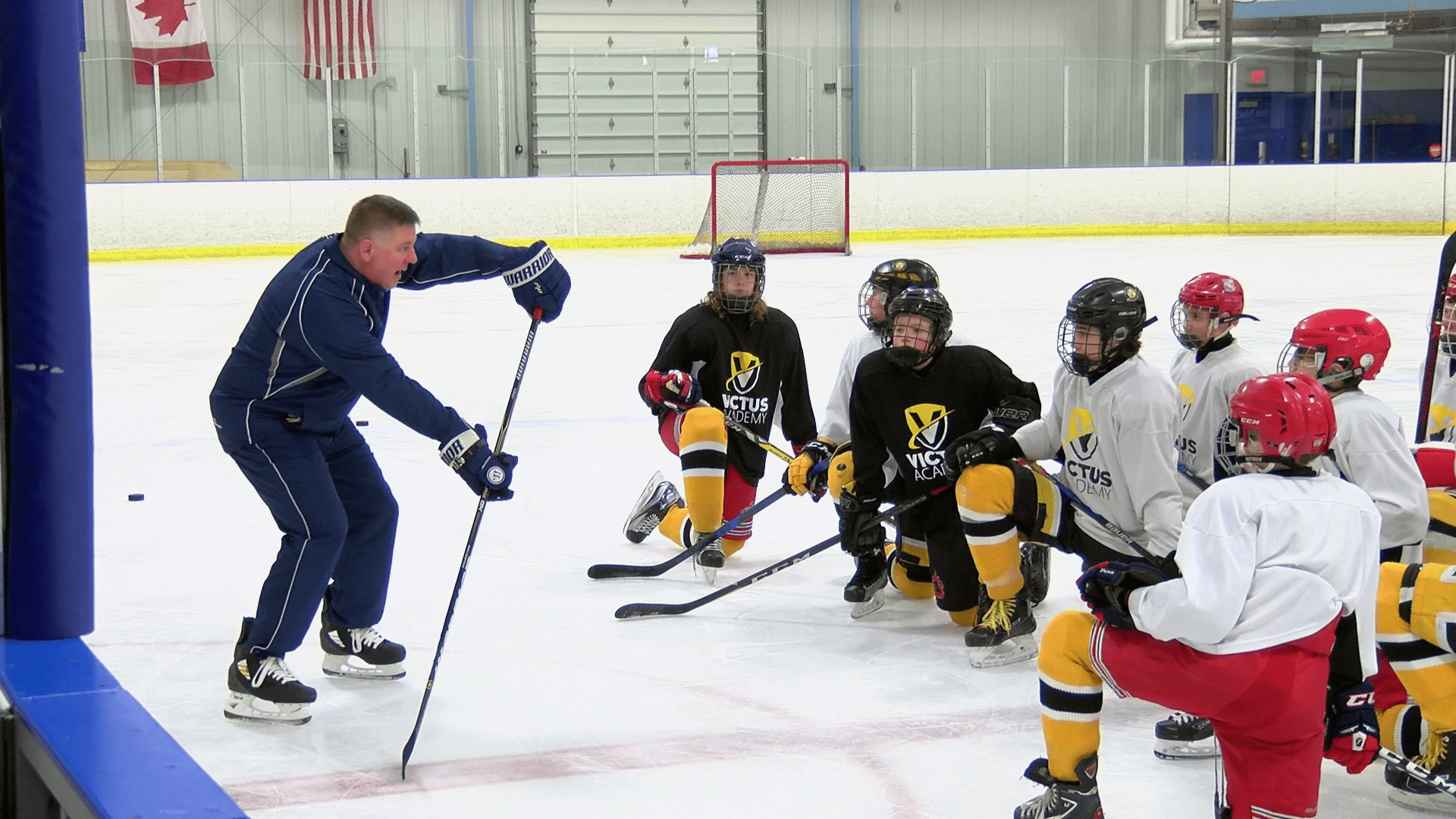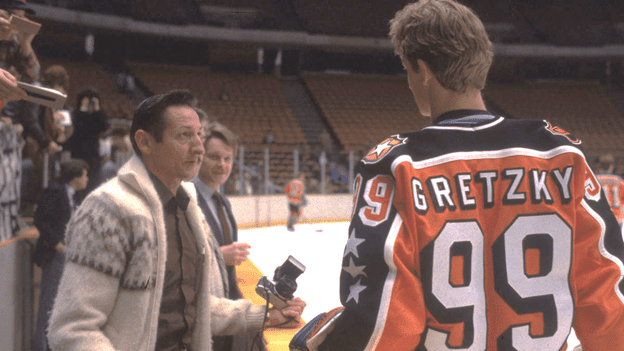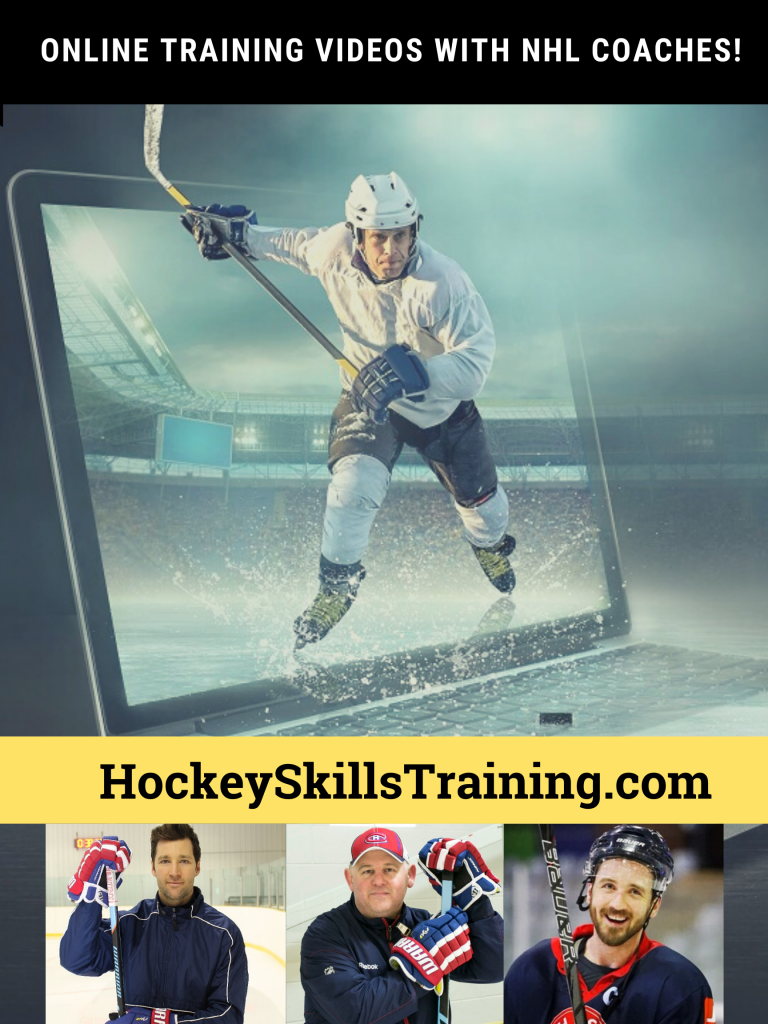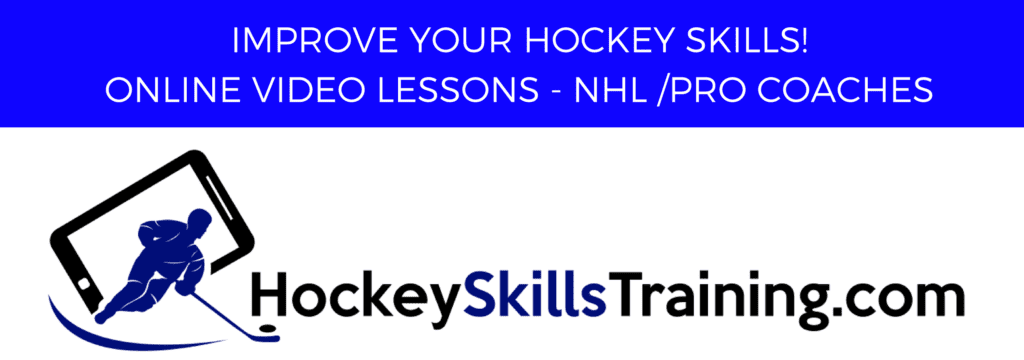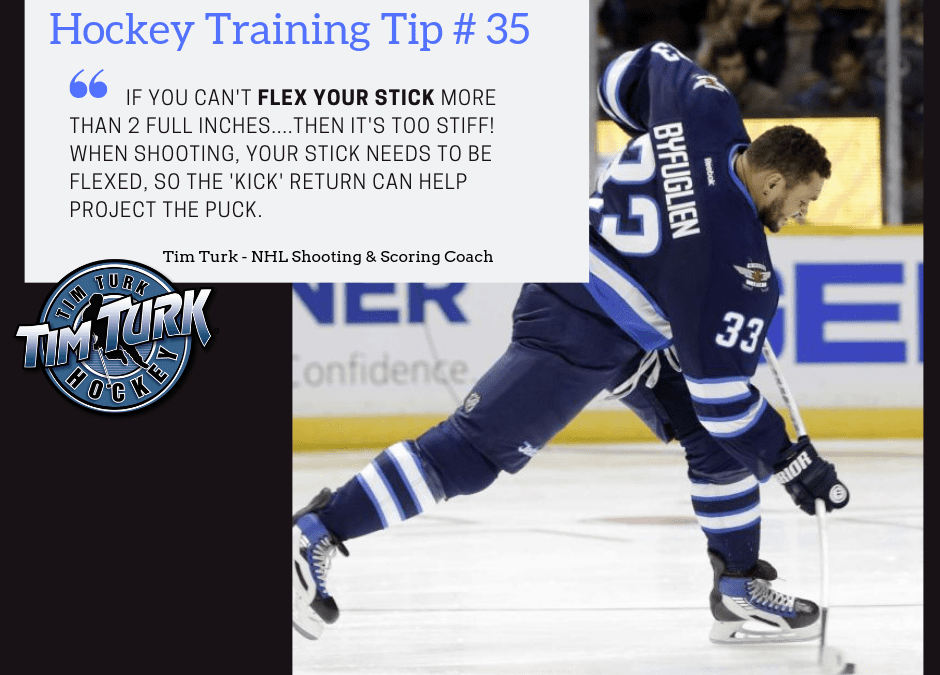

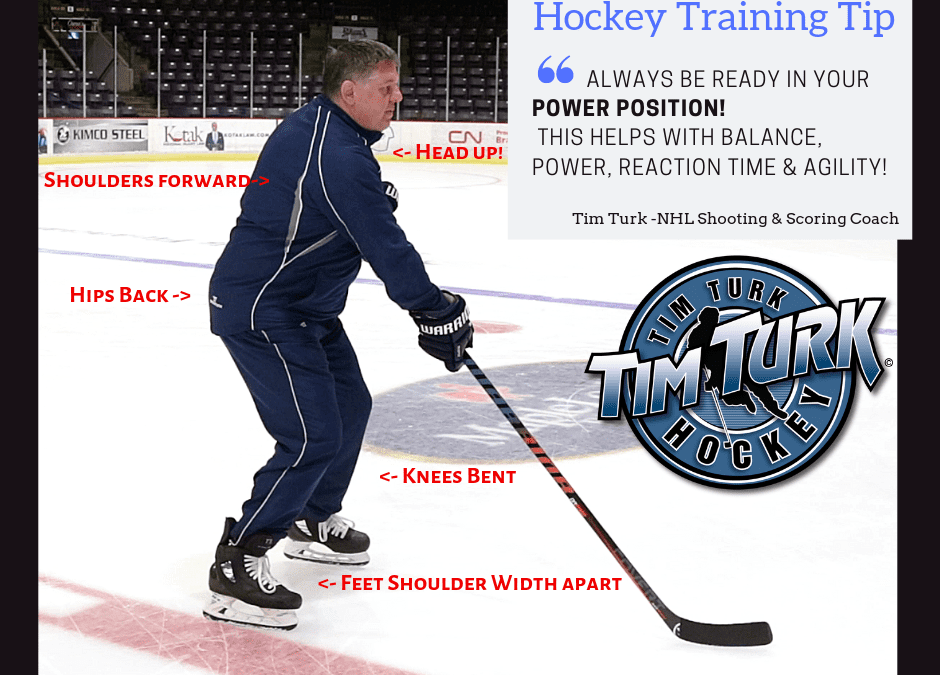
Hockey Training Tip – Power Position

Tim Turk Hockey Tip – Keeping your Stick on the Ice
Keeping your Stick on the Ice insures you are ready at all times. You are always set up as a target to receive passes and allow better enhanced puck control. Once Simple way to remember this rule is by keeping an eye on the wear and tear of the tape on the bottom of your blade! Location of where the tape is wearing out, will also indicate if the lie angle is correct or if a grip hand adjustment is needed.
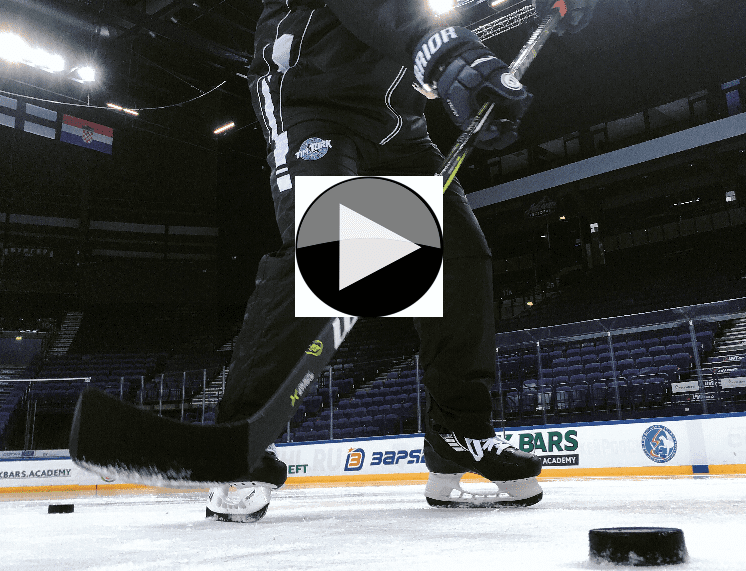
Hockey Shooting Wrist-Snap One Foot Jump Shot
WATCH VIDEO BELOW ↓
Technical Tips Essential to Improving your Shot!
Video #19 in Tim Turk’s Hockey Shooting Video Series #1
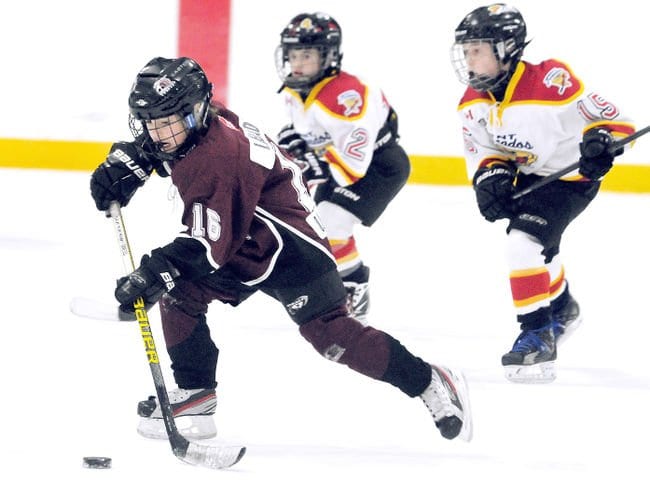
Successful Minor Hockey Coaching Tips
Congratulations, you’ve taken on the role of a Minor Hockey Coach! Like it or not, you’ll be in the spotlight for evaluation by players, parents and spectators. But be warned. No one wants to be that hockey coach. Here are a few tips to keep you in the parents’ good book and keep your players happy!
Analyze your position – Do you really want this position? Someone who’s forced into this role probably isn’t the right person. What are your intentions/goals? Be sure to think carefully before taking on this position.
Be Realistic – These Minor players are not NHL players. Some kids might aspire to be, but most are really there to LEARN and HAVE FUN.
Know Your Hockey – You’re never too old to learn! Hockey coaches are no exception! Familiarize yourself with, or learn new techniques and skills that you can pass on to your players.
Be positive– Probably the most important point! Negativity and shouting won’t get you anywhere with the players. Body language included! I see/hear too many coaches being too harsh and critical on minor hockey players. Be patient and give lots of positive energy to your players. They will not only be more receptive to your advice, but will usually always give 100% when they are enjoying themselves.
Keep Everyone Involved – Divide into small groups or use drills that involve all the players. Avoid players needing to sit out or having to wait too long for their turn.
Parents – Be patient! You may get over excited parents that can be a handful. Be as open and receptive to their questions or concerns while conveying that you have taken on the role of helping their children and that their support is just as important as coaching.
Be Physically Involved – Don’t just give verbal commands or instructions, show them how it’s done! Be active and demonstrate the skills that you are teaching.
Everyone is Different – Probably the 2nd most important point. Everyone learns differently and at different paces. Being positive and reviewing skills regularly will help players learn accordingly.
Be a good Role Model – Young impressionable players are looking up to you. Your attitude and the way you present yourself will go a long way with everyone!
– Tim Turk
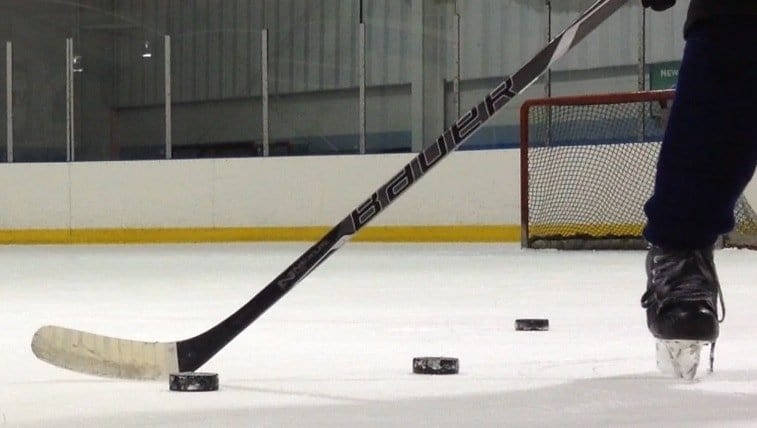
Selecting your Hockey Stick
Don’t Get Shafted!
Selecting your stick is very dependent on the Shaft.
First off, the shaft of a hockey stick is given a number to help identify it’s rigidity (stiffness). The higher the number, the stiffer the shaft. Heavier players, commonly can generate more power and may need a stiffer shaft (higher number) that can handle the stress of their weight on the stick. Lighter players will need a more flexible shaft (lower number), that will respond to their weight and help them generate a more powerful shot. Personal preference also plays a large part in selecting the flex of your stick, so don’t feel hindered by general ‘old school’ suggestions…i.e., ‘defensemen should use a stiffer shaft’ , and ‘forwards should use a less stiff.’
In my opinion, shaft flex should be based on a players’ personal technique. Each individual has their own points of pressure and directional motion in the release phase of their type of shot taken. For example, I create the most downward pressure when the puck is just in the frontal area of my body. Some players generate that downward pressure at the mid-point of their body (which is between the feet, when shoulder width apart), ect.
When choosing a stick, finding the best formula for you as an individual player, is a process that takes time, patience, and a willingness to experiment with different options.
Tim Turk hockey specializes in helping with this process. Contact Tim Turk Hockey for more information about how you can be assessed and evaluated for the stick that’s right for you!


